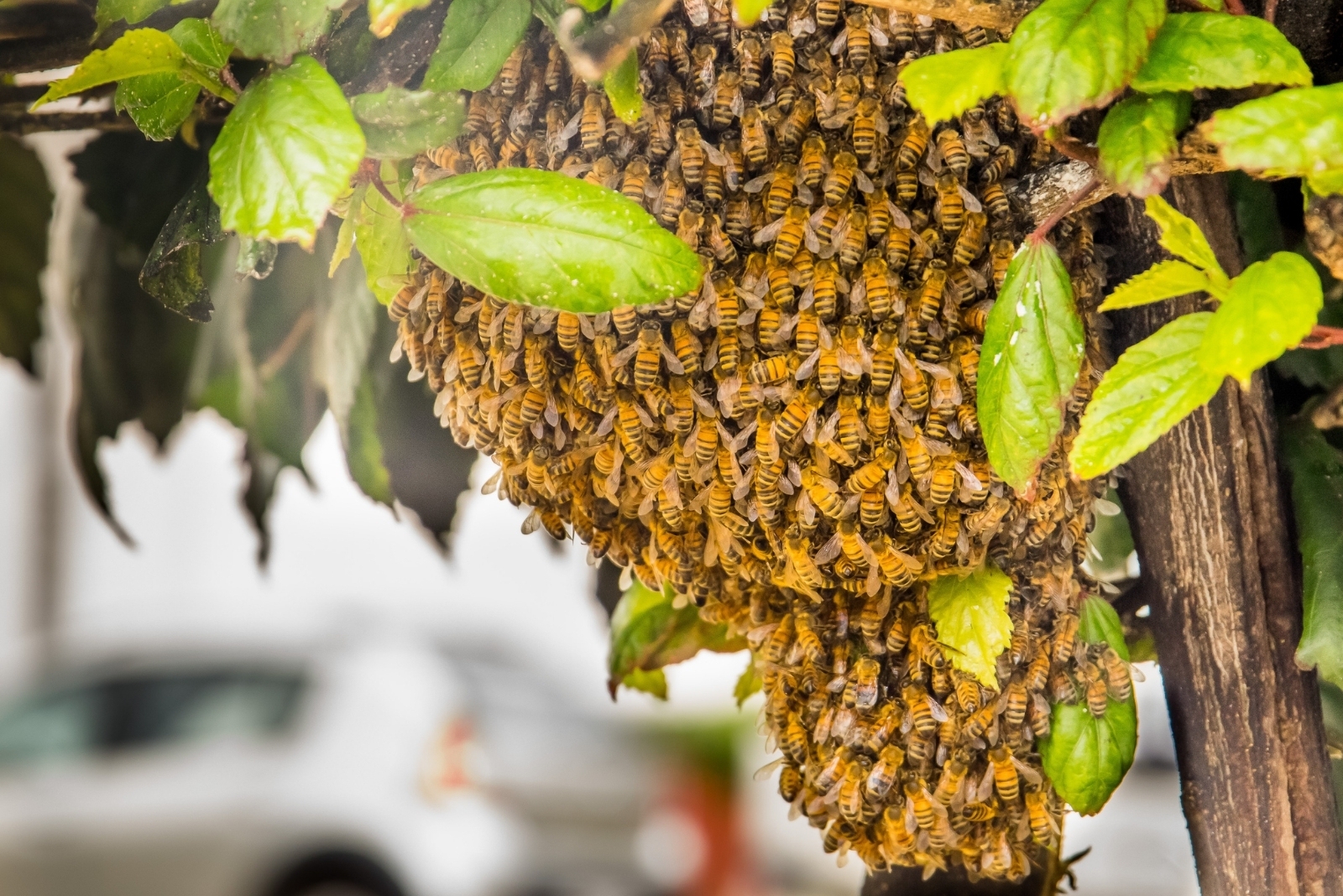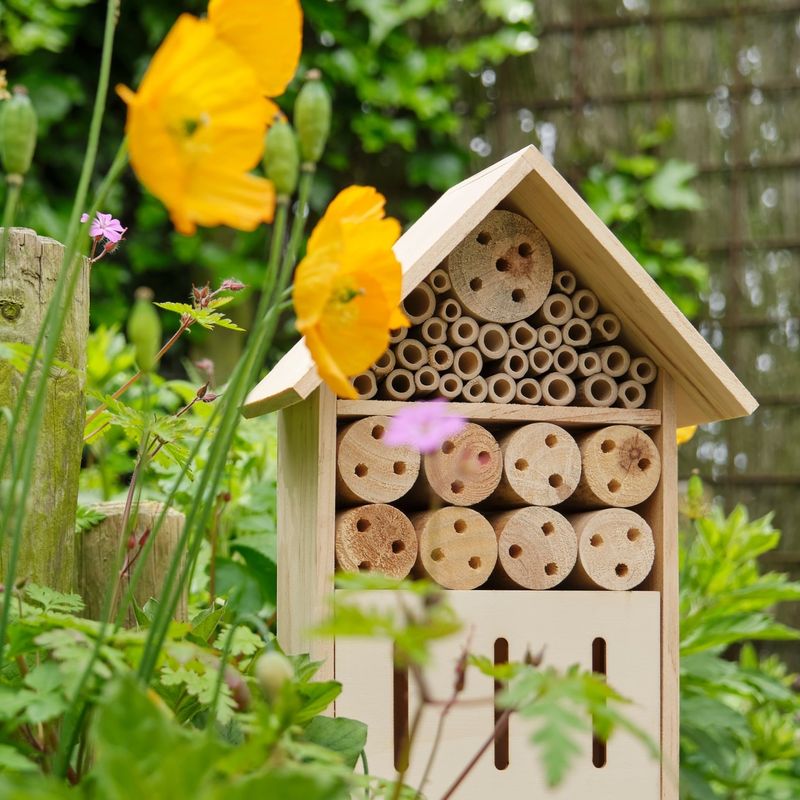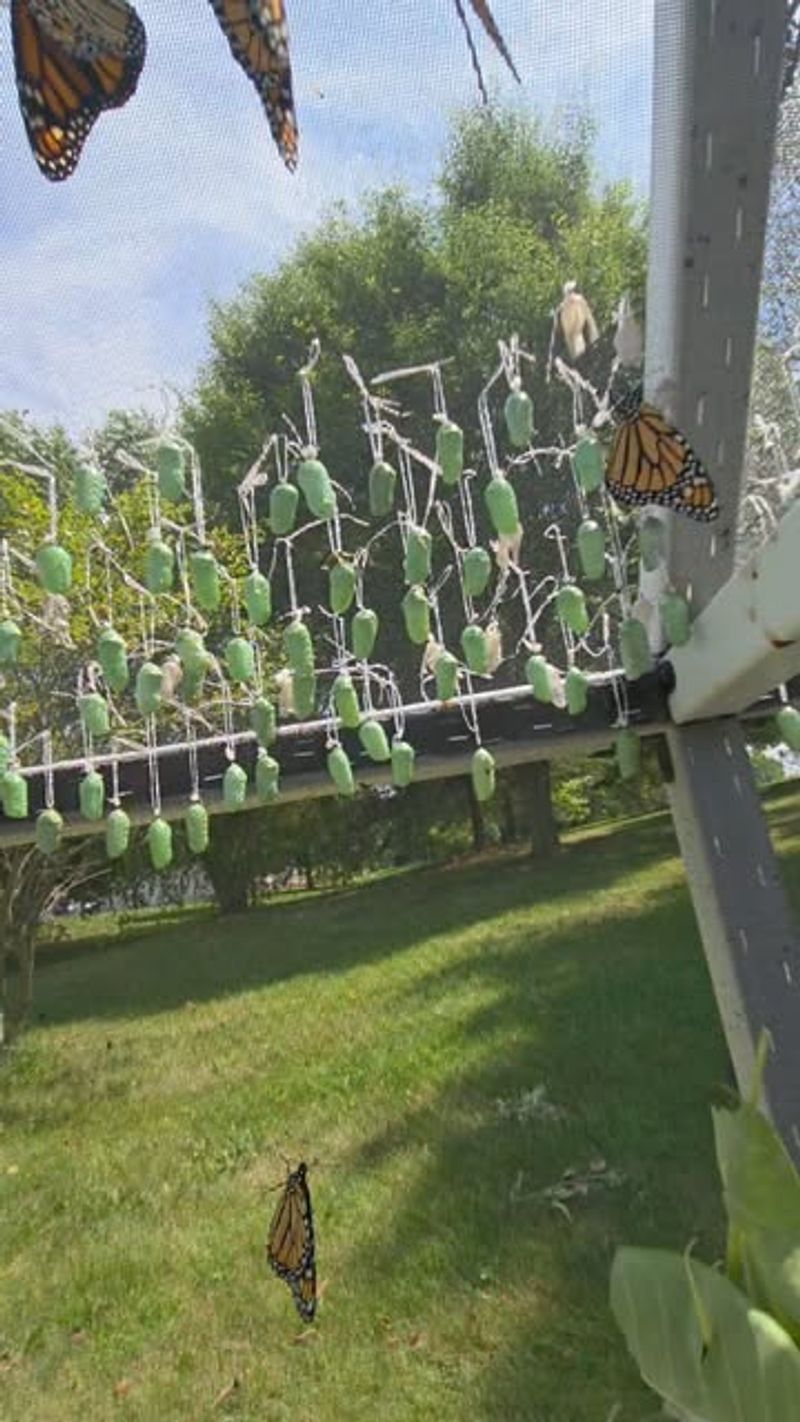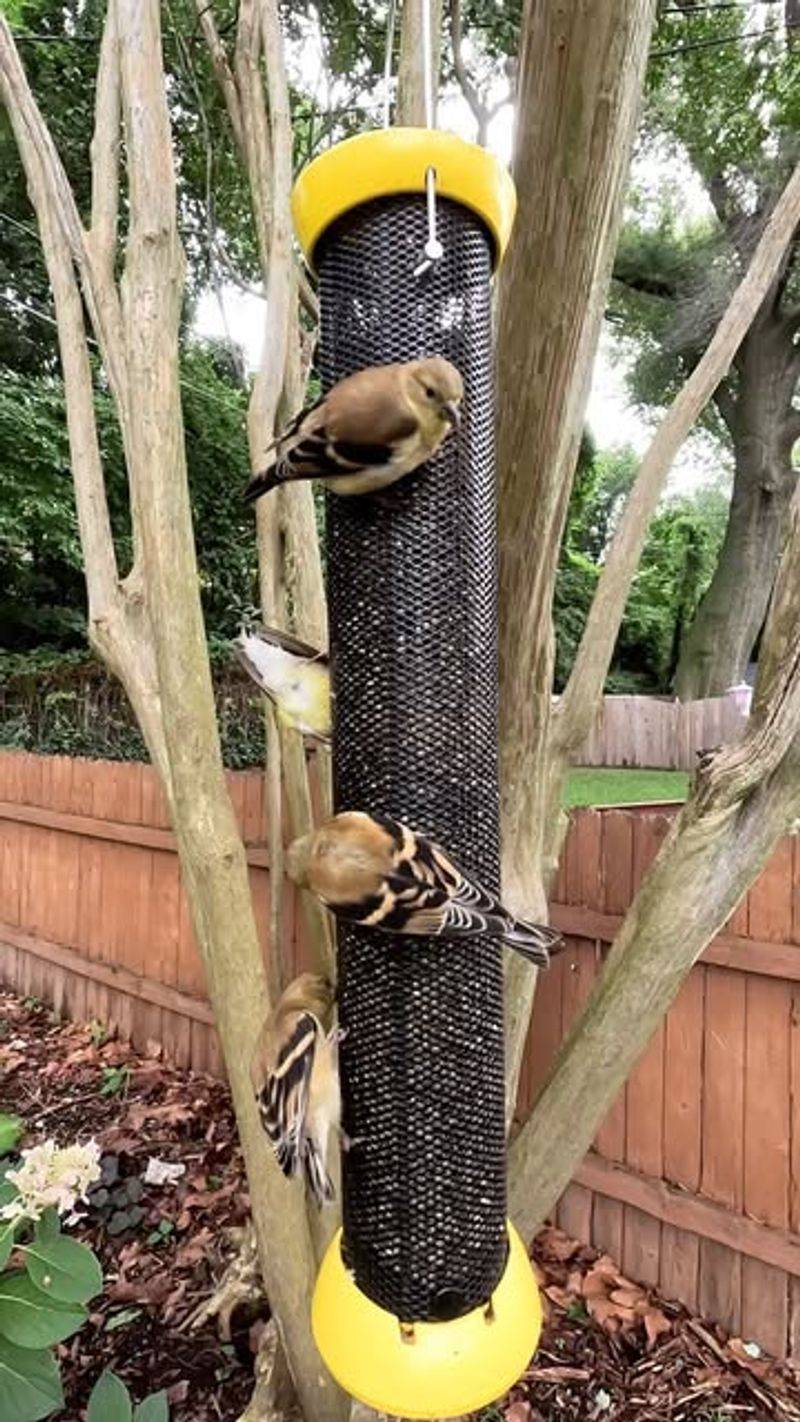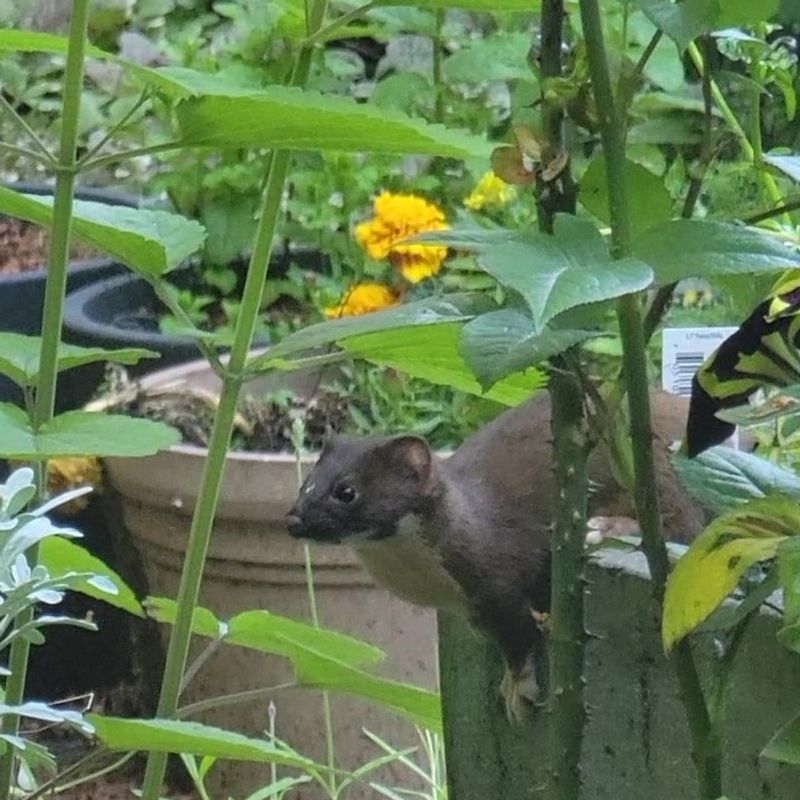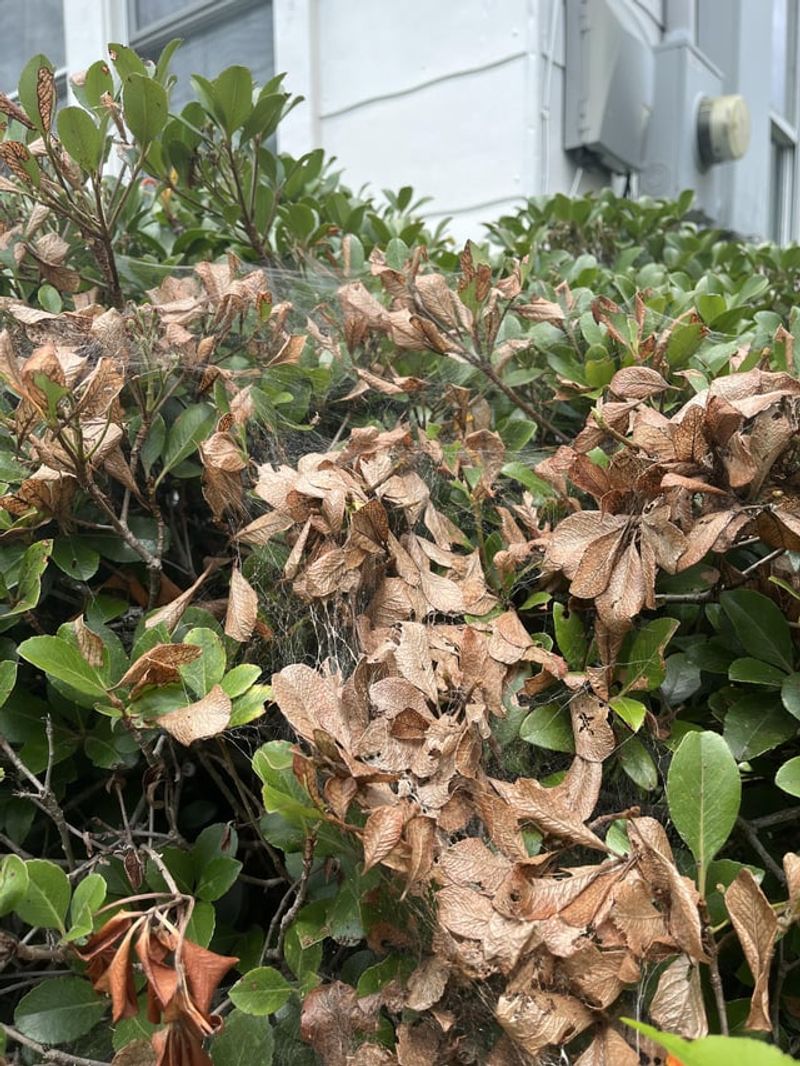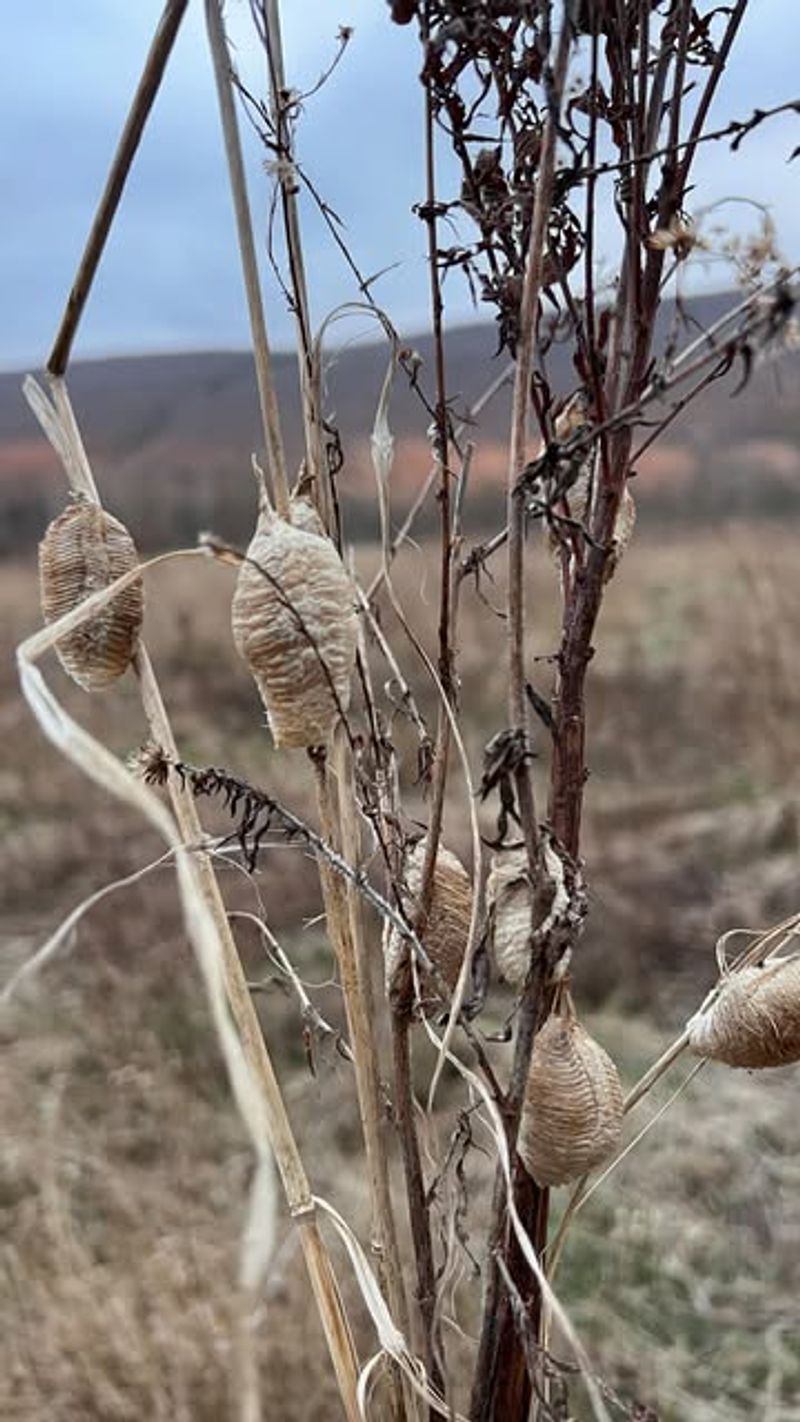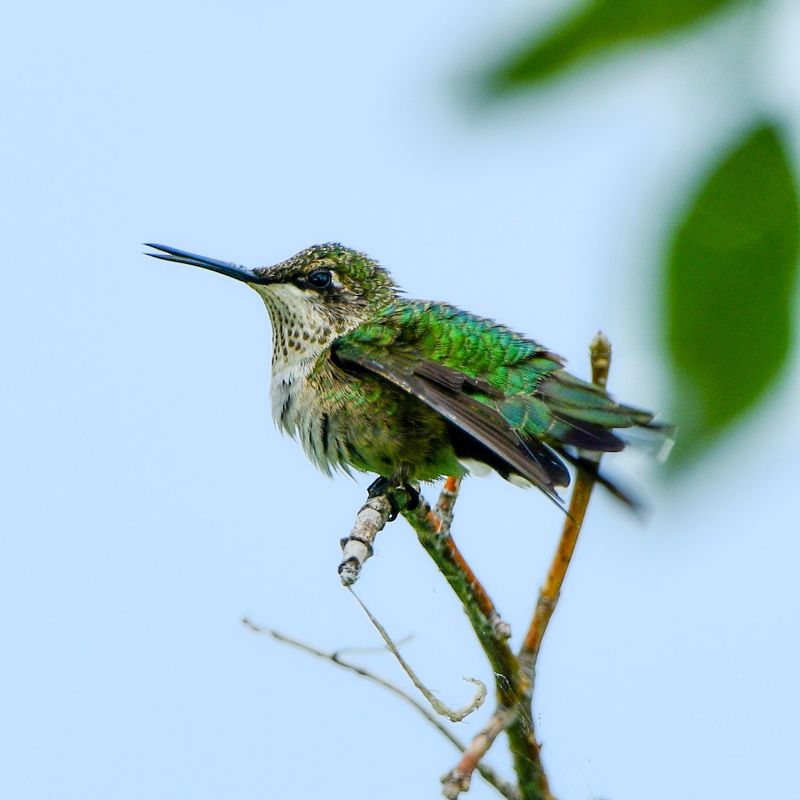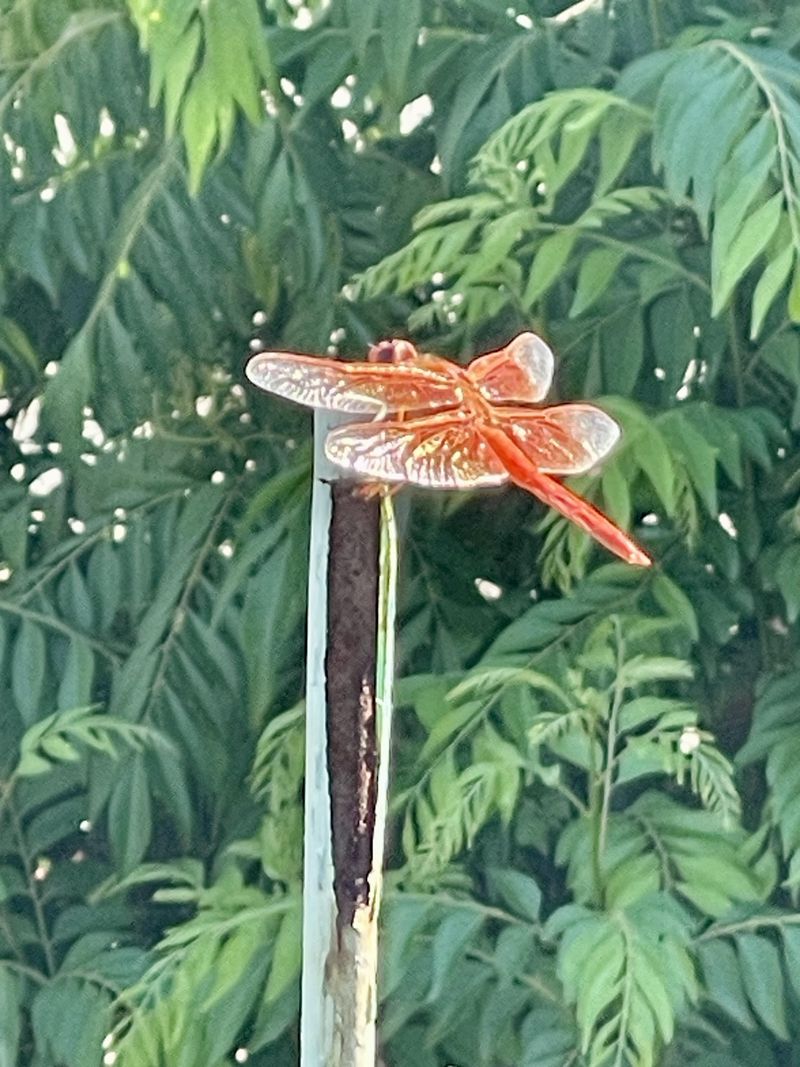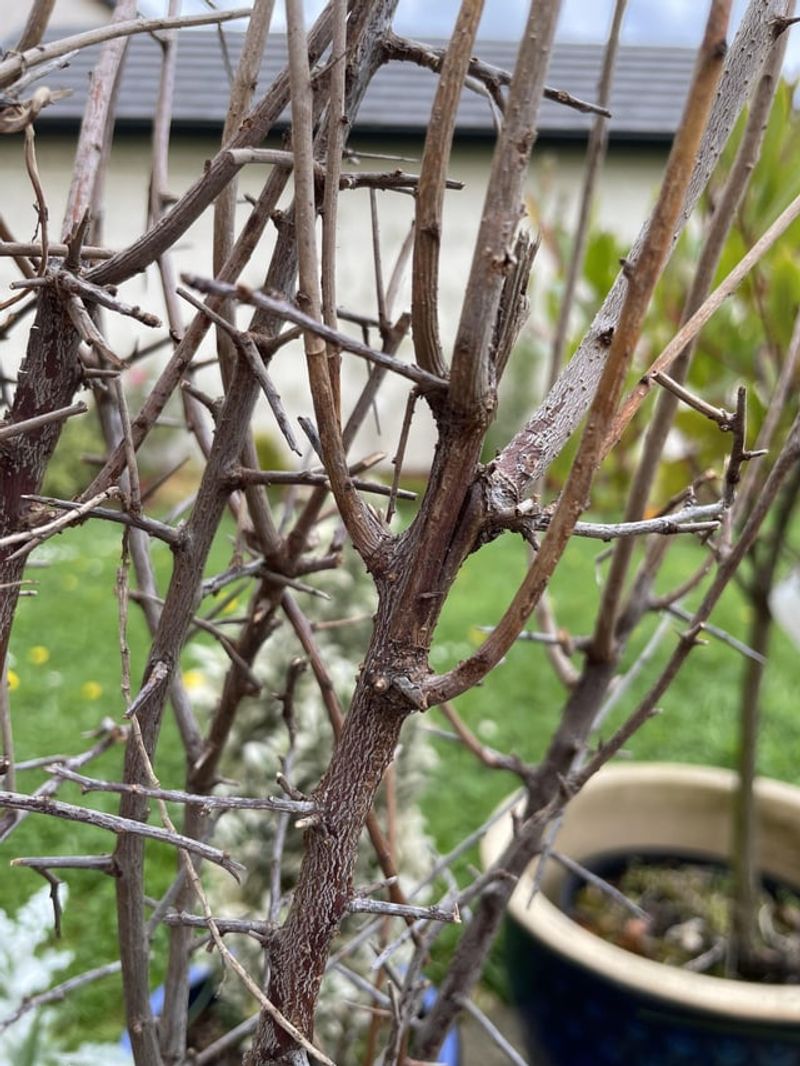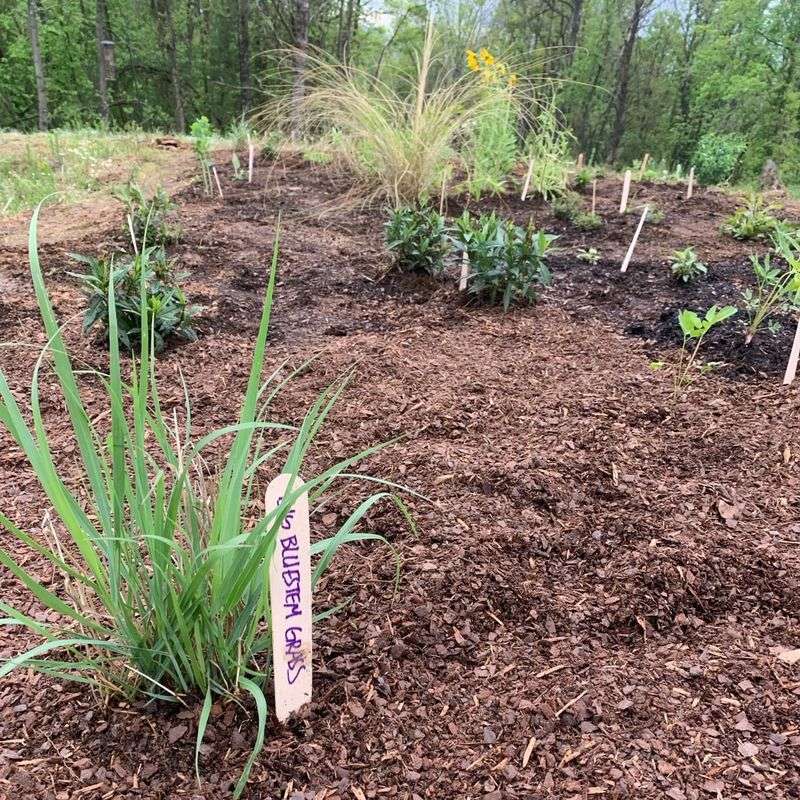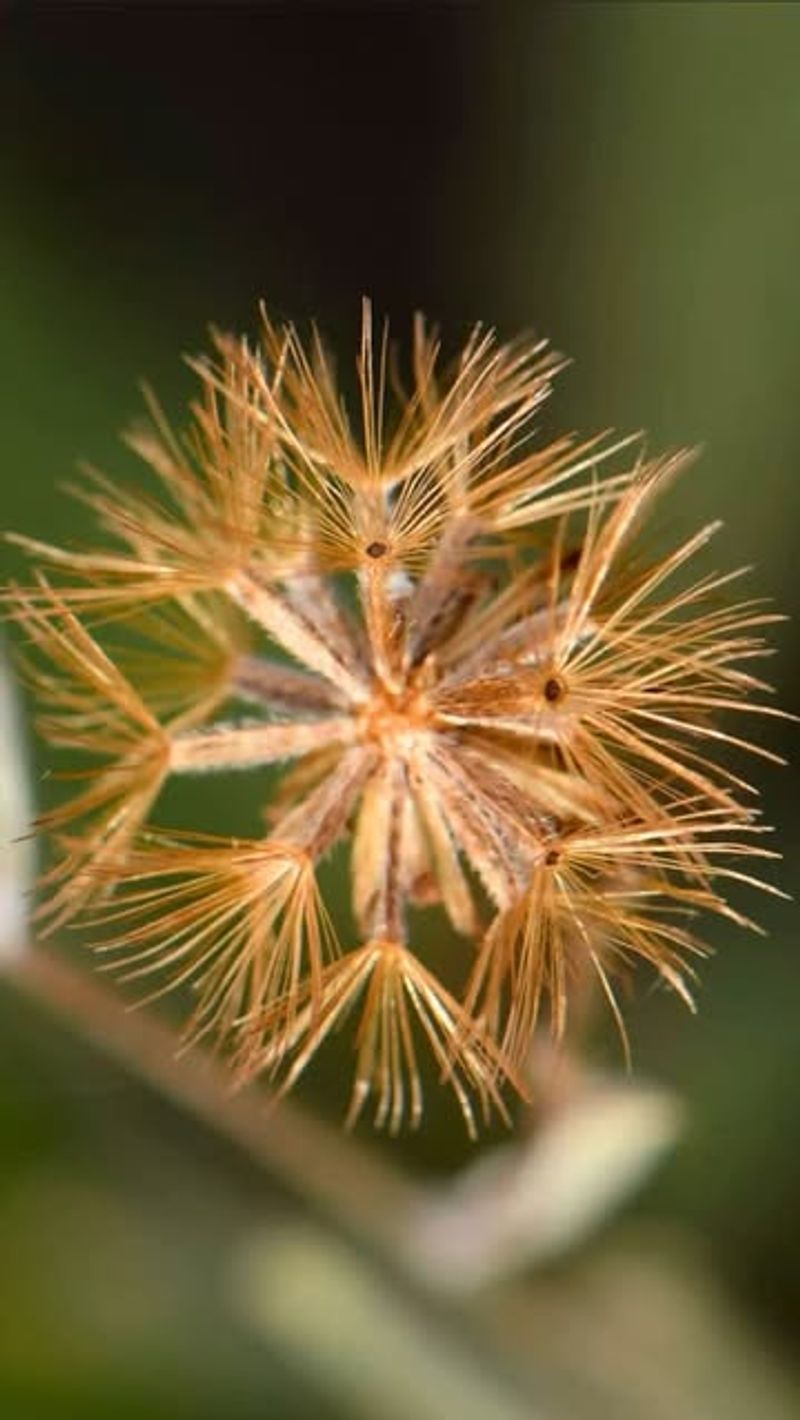As winter approaches in Washington, the garden takes on a quieter, slower rhythm. But even as plants die back, they can still play a vital role for local wildlife.
Leaving dead stems standing creates shelter, hiding spots, and even food sources for birds, insects, and other tiny creatures. I’ve been amazed at how much life lingers in these seemingly “empty” spaces.
Let’s explore why letting nature take its course can make your garden a winter haven for wildlife.
1. Bee Nesting Sites
Native bees in Washington need cozy homes too! Many solitary bees drill into hollow stems to lay eggs and raise their young. They’re particularly fond of raspberry canes and sunflower stalks.
Without these natural nurseries, bee populations across the Evergreen State would struggle to reproduce. Simply leaving stems standing until late spring gives these important pollinators a fighting chance.
2. Butterfly Chrysalis Protection
Many butterflies attach their chrysalises to sturdy dead stems during metamorphosis. The rough texture provides perfect grip for these delicate structures throughout Washington’s unpredictable weather patterns.
Cutting stems too early might inadvertently destroy these developing insects. Throughout the Pacific Northwest, gardeners who preserve dead stems often discover beautiful swallowtails and painted ladies emerging come springtime.
3. Bird Feeding Stations
Goldfinches and chickadees flock to seed heads on dead stems even in winter. These natural bird feeders provide critical nutrition when food becomes scarce across Washington’s varied landscapes.
The tiny seeds of coneflowers, black-eyed Susans, and asters are particularly valuable. Many Washington bird enthusiasts report increased backyard activity when they leave these stems standing through the colder months.
4. Overwintering Insect Shelter
Countless beneficial insects hibernate inside hollow stems during Washington’s chilly winters. Lacewings, ladybugs, and native wasps all seek protection from freezing temperatures within these natural hibernation chambers.
By preserving stems until spring, you’re maintaining a ready army of pest controllers. Across Washington state, gardeners who practice this technique report fewer aphid outbreaks and healthier plants come growing season.
5. Small Mammal Pathways
Voles, shrews, and mice create intricate runways through patches of dead stems. This natural cover protects them from hawks and owls that patrol Washington’s skies looking for an easy meal.
These little mammals play crucial roles in seed dispersal throughout the state’s diverse ecosystems. While tending gardens in Washington’s western regions, I’ve watched these tiny creatures use stem patches as safe transit corridors.
6. Spider Web Anchors
Spiders weave intricate webs between sturdy dead stems, creating natural pest control systems. These eight-legged allies catch mosquitoes, flies, and other nuisance insects that would otherwise plague Washington residents.
Morning dew highlights these silken masterpieces, transforming gardens into magical spaces. Throughout Washington’s Puget Sound region, these natural pest controllers help maintain ecological balance without any chemicals.
7. Praying Mantis Egg Cases
Female praying mantises often attach their egg cases to firm dead stems in fall. These beneficial predators help control garden pests throughout Washington’s agricultural areas and home gardens alike.
Each foam-like case contains dozens of baby mantises waiting for spring. Across Washington’s eastern orchards, farmers sometimes deliberately leave stems standing to encourage these natural pest controllers to take up residence.
8. Hummingbird Perches
Rufous and Anna’s hummingbirds use tall dead stems as lookout posts between feeding sessions. These natural perches let them survey their territory while conserving energy in Washington’s varied landscapes.
From these vantage points, they defend flower patches and feeders with fierce determination. Throughout Washington’s Olympic Peninsula, gardeners who leave tall stems standing report more frequent hummingbird sightings year-round.
9. Hunting Perches for Predators
Dragonflies patrol gardens from dead stem perches, launching to catch mosquitoes mid-flight. These aerial acrobats can consume hundreds of insects daily, making Washington’s outdoor spaces more enjoyable for humans.
Small hawks and shrikes also use sturdy stems as hunting platforms. Throughout Washington’s Skagit Valley, these natural pest controllers help maintain balanced ecosystems in both wild and cultivated areas.
10. Microclimate Creation
Clusters of dead stems create protected microclimates that shield tender spring seedlings from harsh weather. These natural windbreaks are especially valuable in Washington’s eastern regions where spring winds can damage new growth.
The temperature difference inside these stem clusters can be several degrees warmer. Many Washington native plant enthusiasts use this natural protection to help establish delicate wildflowers in restoration projects.
11. Natural Mulch Formation
As stems gradually break down, they create perfect natural mulch right where it’s needed. This organic material improves soil structure throughout Washington’s diverse growing regions without any work from gardeners.
Earthworms and soil microbes feast on this decomposing material, enhancing soil fertility naturally. Throughout Washington’s rich agricultural valleys, this natural cycling of nutrients helps maintain healthy soil ecosystems.
12. Native Plant Seed Dispersal
Dead stems often hold seed heads that gradually release their cargo throughout winter and spring. This natural timing ensures optimal germination conditions for native Washington wildflowers and grasses.
Wind, rain, and passing animals all help distribute these seeds across the landscape. Throughout Washington’s Cascade foothills, this natural seeding process maintains diverse meadow ecosystems that support countless wildlife species.

